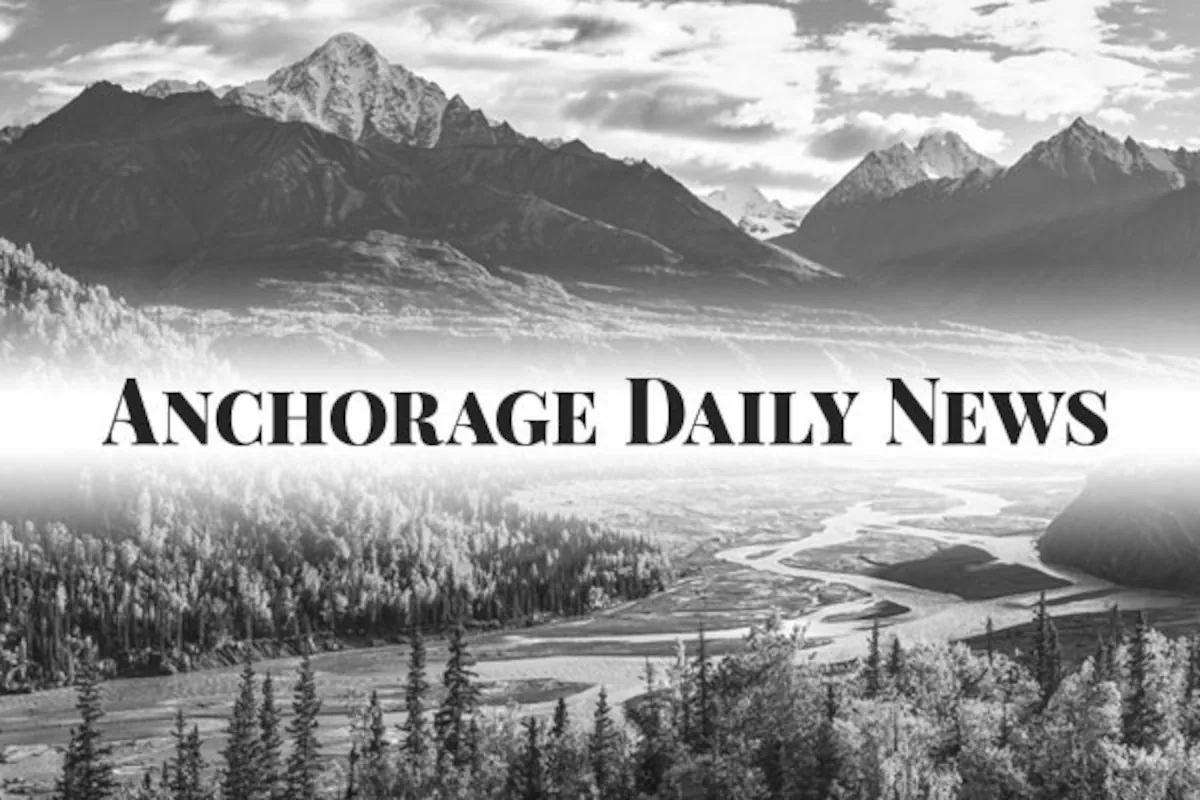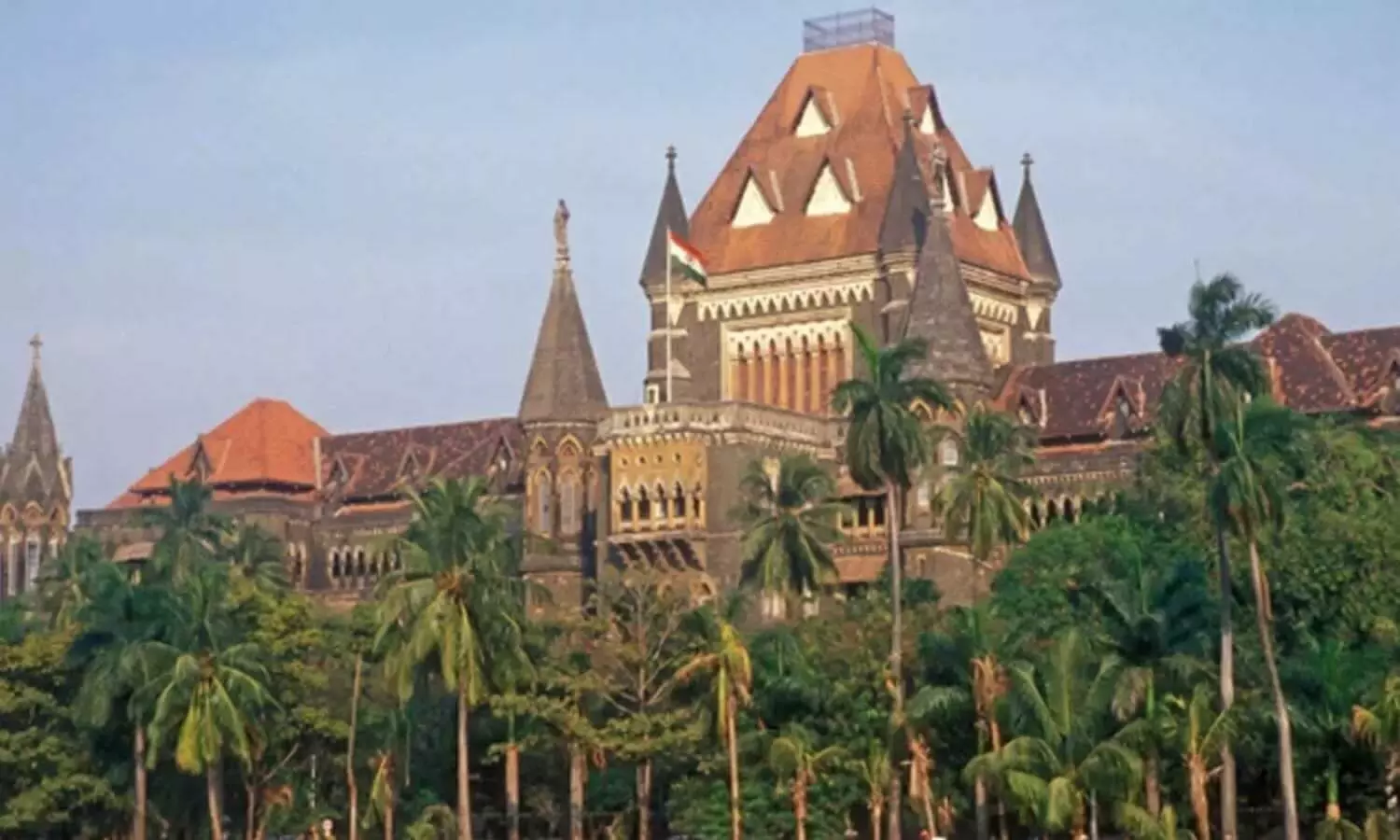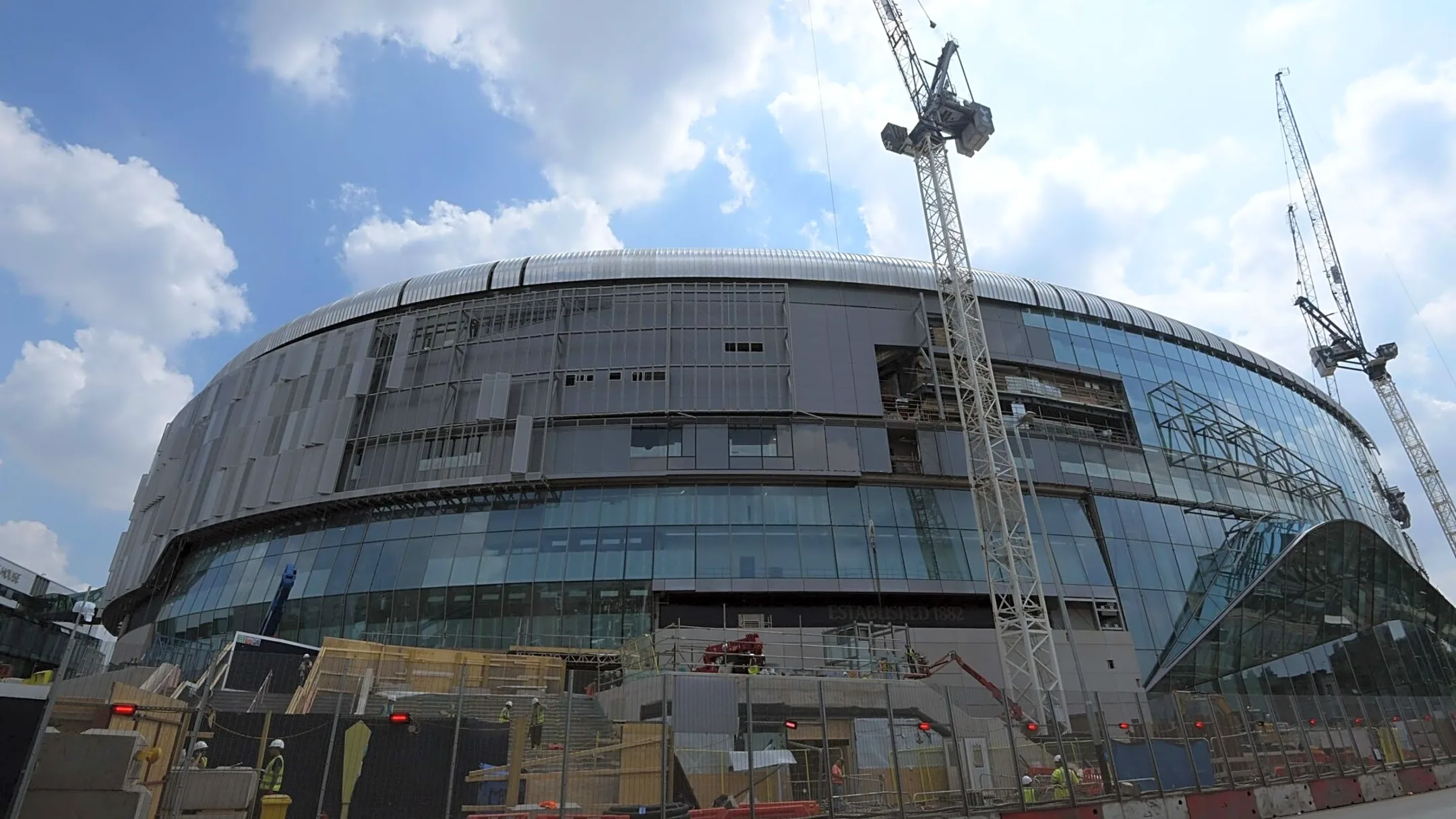
The Dunleavy administration is digging itself deeper into quicksand with its hunger for a multibillion-dollar North Slope gas pipeline project. And laying pipe in quicksand is a terrible idea — the support just keeps sinking away.
But that’s what the governor and his appointed Alaska Gasline Development Corp. are doing or, more accurately, letting their private partner do.
Despite the costly reality that the state has spent close to $1 billion on gas line efforts over the past 25 years, including more than $400 million on the latest push for a liquefied natural gas export project to deliver Alaska gas to Asia, the state corporation last year gave away — for free — 75% ownership in the proposed development to a privately owned energy project developer.
The state corporation needed money to complete engineering work, as much as $150 million, but found no takers to buy into the long-promoted venture. So instead, it turned over 75% ownership to Glenfarne Group, which has never built an LNG project, in exchange for the company pledging to front the money for final engineering.
Of course, the deal between Glenfarne, with co-headquarters in Houston and New York City, and the state corporation is confidential. Much of what the 15-year-old Alaska Gasline Development Corp. has signed over the years has been kept private.
[Related news article: Developer of proposed trans-Alaska gas pipeline signs deal with South Korean steel company]
The Legislature allowed secrecy when lawmakers created the corporation in 2010, figuring if it was going to act like a private business to pull together customers, investors and lenders for one of the most expensive natural gas developments in the world, it probably needed privacy to negotiate the deals.
Now, 15 years later, there still is no project, but not for want of trying. It’s just that Alaska gas is too expensive to get to market; the construction and schedule risks of the proposed 800-mile pipeline through the state and gas liquefaction plant are too much for customers to accept; there are multiple other LNG suppliers in the world at lower cost with less risk; and no one knows the final price tag of the Alaska project. Blank checks are the last thing investors and customers want to sign.
[Related news article: Alaska LNG has caught a wave of high-level attention. Is it winning over its skeptics?]
The fact that President Donald Trump likes the project does not change the economics. Political support has value, but it can’t overcome the numbers. It comes down to cost.
And that’s where the state’s public-private partnership with Glenfarne has hit its latest quicksand.
The state corporation has been waving around an old construction cost estimate of $44 billion, which few in the LNG industry believe is still valid — not with years of inflation, cost overruns at other gas projects, competition for skilled labor with a dozen LNG projects under development around the world, and new U.S. tariffs on imported steel.
Glenfarne has contracted with an engineering firm for an updated construction cost estimate. Good idea.
Bad idea to keep that number confidential, which is what Glenfarne said it will do.
“You wouldn’t normally be publishing costs for a project, for a private project,” said Adam Prestidge, project president under Glenfarne.
“And so the ultimate cost to complete is going to be something that is most likely not going to be made public,” Prestidge told Kenai-Soldotna public radio station KDLL in late September.
While that may be true for a solely privately owned project, the Alaska LNG project is 25% owned by the state, which has sunk a lot of money into this dream. To tell Alaskans they can’t know the estimated construction cost — which would determine what the state would need to pay to keep its 25% share — will further erode public support for the project. Like stepping in quicksand.
Larry Persily is a longtime Alaska journalist, with breaks for federal, state and municipal public policy work in Alaska and Washington, D.C. He lives in Anchorage and is publisher of the Wrangell Sentinel weekly newspaper.



